Animals perish in Smyrna barn fire as crews fight to save home
At about 11 a.m. on Sunday, firefighters from across northern Chenango County responded to a barn in the Town of Smyrna. (Photo by Tyler Murphy)
SMYRNA - At about 11 a.m. on Sunday, firefighters from across northern Chenango County responded to a barn fire at a family farm along County Road 22 in the Town of Smyrna.
Volunteer Fire crews and EMTs from Smyrna, Sherburne, Earlville, Plymouth, North Norwich, Hamilton, Georgetown, Chenango County and Hubbardsville responded.
Among the crews first on the scene were Smyrna and Sherburne fire engines. They found a well-developed barn fire with significant flames and smoke. Neighbors in the area reported seeing flames that were two stories high.
Assistant Sherburne Fire Chief Fred Jenkins explained that crews were dispatched to a barn fire, and when he and others arrived, they found a fully involved barn fire and nearby house being threatened by the growing flames. “We were able to save the house from catching fire,” he said.
Chief Norm Wynn of the Smyrna Fire Department thanked the responding departments. He said a fire may have started in a central area of the barn structure and could have been caused by a heating element for hot water. Smyrna Assistant Chief Paul Lawrence confirmed the family lost three horses and a few calves, but no injuries were reported by first responders or any of the family.
Before arriving on scene, the family did their best to combat the fire and get their animals out. Intense heat made getting near the fire difficult.
Flames towered about 20 feet high as the first volunteers firefighters, some as young as 17, pressed forward with hoses into heat so extreme that only those in full fire gear could stand it. The volunteers struggled to contain the blaze despite a lack of manpower or enough water initially.
Within a short period of time though, several of the mutual aid departments arrived and with them additional tanker trucks and crews. Sherburne also deployed a ladder truck with a water cannon to aid ground crews below.
Adding challenge to fire police directing traffic was access to adequate water. A stream nearby was too low to use, requiring drivers to bring in water from a nearby pond and travel back and forth. At least two major events, a large private event at a venue and a public Halloween event were taking place near the area of the fire.
Fire crews kept the flames from the home and saved a garage. The barn and a machine shed were destroyed, to the frustration of at least one of the firemen who was there. He said, if only they had more volunteers and more water sooner, maybe they could have turned it sooner and saved the shed.
The silos also still stood after the fire and had a significant amount of feed in them.
A tense moment came in the response as crews ensured the silos did not catch fire or collapse, which would have likely led to a more uncontrollable and dangerous situation. Responders recognized this and made protecting the home and silos a priority as the fire progressed.
Firemen also called in aid from a friend of a volunteer from Georgetown, who loaned an excavator to the response to help push the burning structures away from the home and allow fire crews deeper access to the burning rubble that had once been a barn an hour earlier.
By about 3 p.m. most of the fire was over and many departments began to depart. As is usually the procedure, the hometown department, Smyrna in this case, stayed on scene long after to help neutralize any residual embers and aid in moving the debris into places less inconvenient for the victims of the fire.
The family was very kind and asked not to be identified. No information about aid was available by press time Monday morning. The farmer and his family quickly got to work, with the help of some of their neighbors and fire volunteers, setting up new temporary fencing for the animals and organizing their own plans for clean-up and rebuilding.
After the fire was over, all the volunteers returned to their respective stations and began the process of breaking down their fire gear, cleaning it and debriefing - before going home until the next call.
Crews respond to about 10 to 30 calls a month, one volunteer for Smyrna estimated. Most fire departments are desperately seeking volunteers. Time is required for training, but many personal benefits for growth, independence and leadership are offered, along with tangible benefits by local departments. Call or look up your local fire department online and make a difference today. Some day you might be the one dialing 911 and waiting for them to save you, your loved ones or your home - don’t wait, volunteer now.



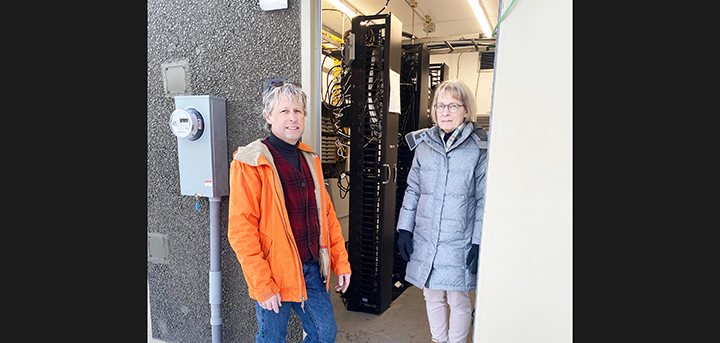
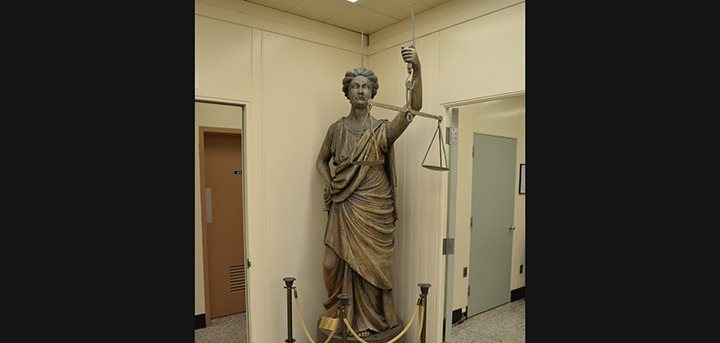



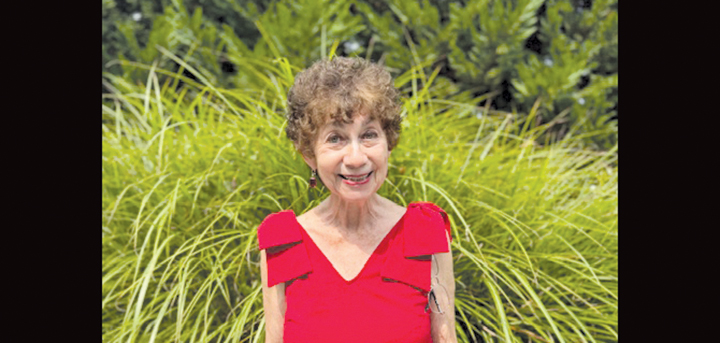
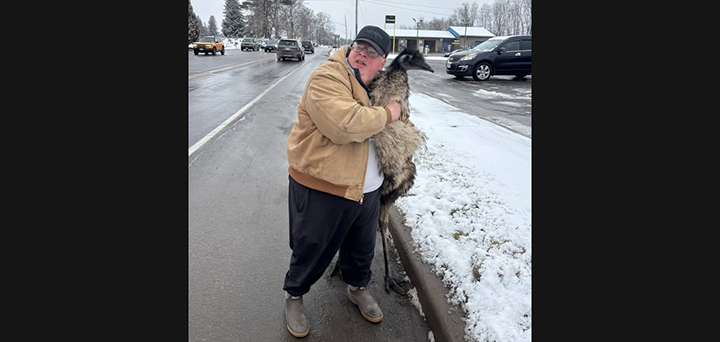
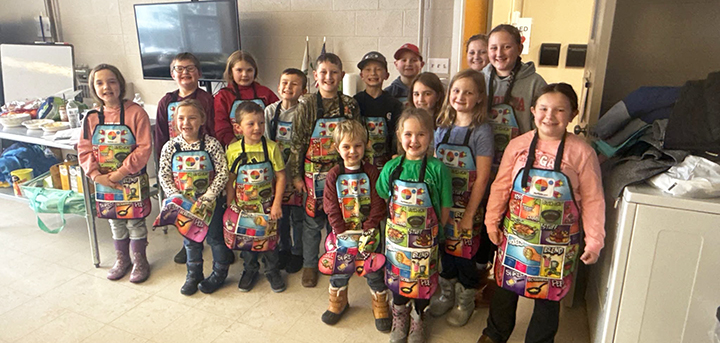
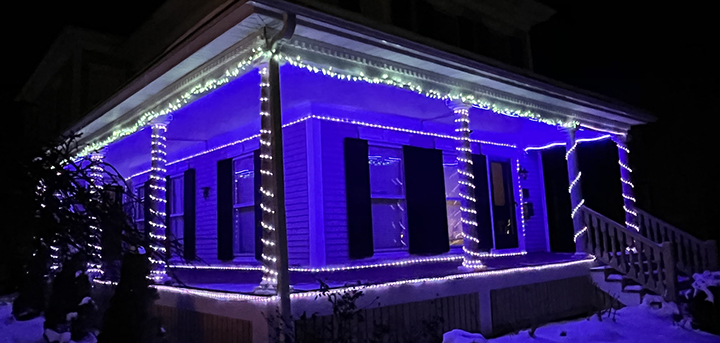


Comments